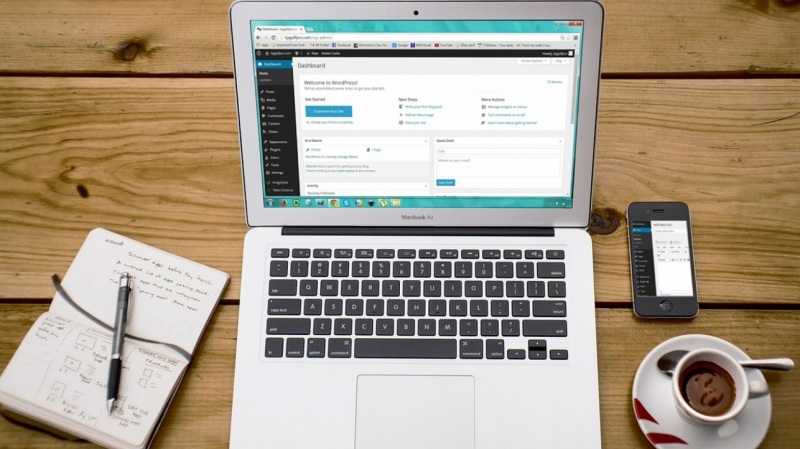Websites should be designed and built based on the specific needs of their content. If you plan to build a content-heavy site, its design needs to be well-organized so that visitors can navigate and quickly find whatever they are looking for on your website.

Tips to Designing for Content-Heavy Websites
Take a trip to several popular websites during your free time. You will realize that most of them have very little content that primarily emphasizes the message passed to users. However, there are some websites still overloaded with content. When you need rich content on your website, you’ll also need special planning if you want a beautiful site that is easier to navigate. Several essential tips can help you succeed in designing and building a content-heavy site, including:
1.Make PDF Searchable
When you want to design a content-heavy website, a PDF or portable document format, make PDF searchable, is a preferred route that helps visitors access your heavy posts. PDFs are an appropriate tool for website content that needs more effort to build.
When you want your website visitors to have a more convenient experience, designing a content-heavy site will demand the need to have searchable text documents. If you’re going to make your documents appear in PDF format, several ways can help you to make your files searchable, including:
*Publishing Directly from the Word Processing Software
Your original draft will only match your final text and make it searchable only if you publish it directly to your website as a PDF. ‘True or text-based PDFs can be created by saving the documents being drafted now to Microsoft Word or any other word processor as a PDF.
*Use Optical Character Recognition
OCR or optical character recognition is an application that can make your image-based PDFs searchable.
2.Drupal vs WordPress
Drupal and WordPress are popular CMS (content management systems) with customizable backgrounds and layouts you can adjust according to your website’s needs. Though the two are the most common CMS, each has its own set of benefits when used on a website.
So Drupal vs WordPress when designing content-heavy websites? WordPress is a good option since it is much easier to use. WordPress works best to create a heavy content website since it provides numerous plugins and widgets to enhance your site.
When compared to Drupal, WordPress is a more popular CMS because of the latter’s complexity. If you are not a web developer, you will have a hard time learning how to use Drupal. If it’s your first time designing a heavy content website, WordPress is a great choice that is easy to use.
3.Get All of Your Website Content Up Front
If you want to publish a large amount of content on your new website still in its design phase, the design should specifically rotate around that content. When you get your content upfront, you can use it as part of the website design phase.
With a content-heavy website design, having all of your content upfront will help you know the average size occupied by those pieces to be published.
4.Stick to the Point By Showing Related Content
While you may be having numerous posts on your website heavy in content, enticing a visitor to click just on one of them is a big win. It is vital to have different posts with related content if you want your users to spend more time reading beyond that single post.
Your content should not have lengthy introductions but should be in a way that quickly directs users on what they need exactly to do.
5.Use Content Borders and Boxes
Dividing your content into smaller chunks that are easy to read and understand is a great way to make your website manageable. You should visually separate your content units with bordering lines and content boxes if you want them to be easier to be comprehended and processed by users.
When using content boxes, each content box must have its description or headline so that its true purpose can be understood by the users whenever they view it at first glance.
The Bottom Line
Every website design has its unique requirements, goals, and challenges. The ultimate key is to ensure your content is engaging and easily accessible by the users of your website.





